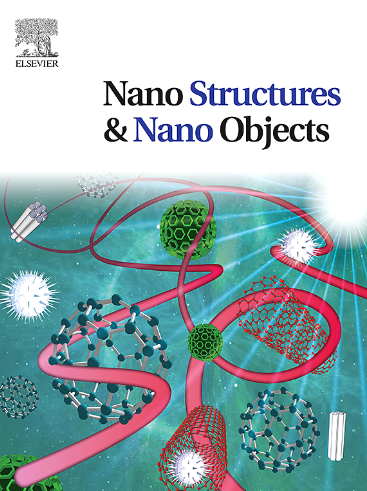生物可转换聚氨酯植入物:用二维纳米添加剂增强性能
IF 5.45
Q1 Physics and Astronomy
引用次数: 0
摘要
可以改变生物信号或环境因素的植入物现在是生物医学应用领域的焦点。这些突破性的设备在改变医疗程序和工具方面具有巨大的潜力。将石墨烯、氧化石墨烯和Mxene等二维纳米添加剂集成到聚氨酯(PU)中,由于其生物可转换性、耐久性和形状记忆能力,使其成为生物可转换植入物的有吸引力的材料。尽管这些材料具有巨大的潜力,但它们仍然面临着与生物的相容性、承受机械应力的能力和可调节的降解率等问题。这可以通过与增强其性能的生物相容性材料混合来改善。本文探讨了将纳米添加剂整合到PU基体中的各种加工方法,如静电纺丝、3D打印、溶剂铸造和颗粒浸出、热塑性成型和熔融混合。本文综述了基于pu的生物可转换种植体在牙科、骨种植、药物输送、组织再生和癌症治疗方面的进展。整合纳米材料增强了植入物的物理、生物、细胞毒性和长期监测概况。主要的焦点是利用机器人触摸与生物系统互动,并动态操作植入物。这项研究表明,基于pu的生物可转换植入物和机器人指尖可能会通过提高患者的治疗效果来彻底改变再生医学。本文章由计算机程序翻译,如有差异,请以英文原文为准。
Bioswitchable Polyurethane Implants: Enhancing Performance with 2D Nano Additives
Implants that can modify biological signals or environmental factors are now a focal point in the realm of biomedical applications. These groundbreaking devices hold immense potential to transform medical procedures and tools. Integrating 2D nano additives such as graphene, graphene oxide, and Mxene into Polyurethane (PU), due to their bioswitchability, durability, and shape memory capabilities make it an attractive material for bioswitchable implants. Although these materials have immense potential, they still face complications regarding their compatibility with living beings, capacity to bear mechanical stress, and regulated degradation rate. This can be improved by compiling them with biocompatible materials that enhance their properties. Various processing methods are explored for integrating nano additives into PU matrices, like electrospinning, 3D printing, solvent casting and particulate leaching, thermoplastic molding, and melt blending has been encompassed in this article. This review highlights PU-based bioswitchable implants’ advancements in dentistry, bone implants, drug delivery, tissue regeneration, and cancer therapy. Integrating nanomaterials enhances the implants' physical, biological, cytotoxic, and long-term monitoring profiles. The main focus is on employing robotic touch to interact with biological systems and operate implants dynamically. This research reveals that PU-based bioswitchable implants and robotic fingertips might revolutionize regenerative medicine by increasing patient outcomes.
求助全文
通过发布文献求助,成功后即可免费获取论文全文。
去求助
来源期刊

Nano-Structures & Nano-Objects
Physics and Astronomy-Condensed Matter Physics
CiteScore
9.20
自引率
0.00%
发文量
60
审稿时长
22 days
期刊介绍:
Nano-Structures & Nano-Objects is a new journal devoted to all aspects of the synthesis and the properties of this new flourishing domain. The journal is devoted to novel architectures at the nano-level with an emphasis on new synthesis and characterization methods. The journal is focused on the objects rather than on their applications. However, the research for new applications of original nano-structures & nano-objects in various fields such as nano-electronics, energy conversion, catalysis, drug delivery and nano-medicine is also welcome. The scope of Nano-Structures & Nano-Objects involves: -Metal and alloy nanoparticles with complex nanostructures such as shape control, core-shell and dumbells -Oxide nanoparticles and nanostructures, with complex oxide/metal, oxide/surface and oxide /organic interfaces -Inorganic semi-conducting nanoparticles (quantum dots) with an emphasis on new phases, structures, shapes and complexity -Nanostructures involving molecular inorganic species such as nanoparticles of coordination compounds, molecular magnets, spin transition nanoparticles etc. or organic nano-objects, in particular for molecular electronics -Nanostructured materials such as nano-MOFs and nano-zeolites -Hetero-junctions between molecules and nano-objects, between different nano-objects & nanostructures or between nano-objects & nanostructures and surfaces -Methods of characterization specific of the nano size or adapted for the nano size such as X-ray and neutron scattering, light scattering, NMR, Raman, Plasmonics, near field microscopies, various TEM and SEM techniques, magnetic studies, etc .
 求助内容:
求助内容: 应助结果提醒方式:
应助结果提醒方式:


